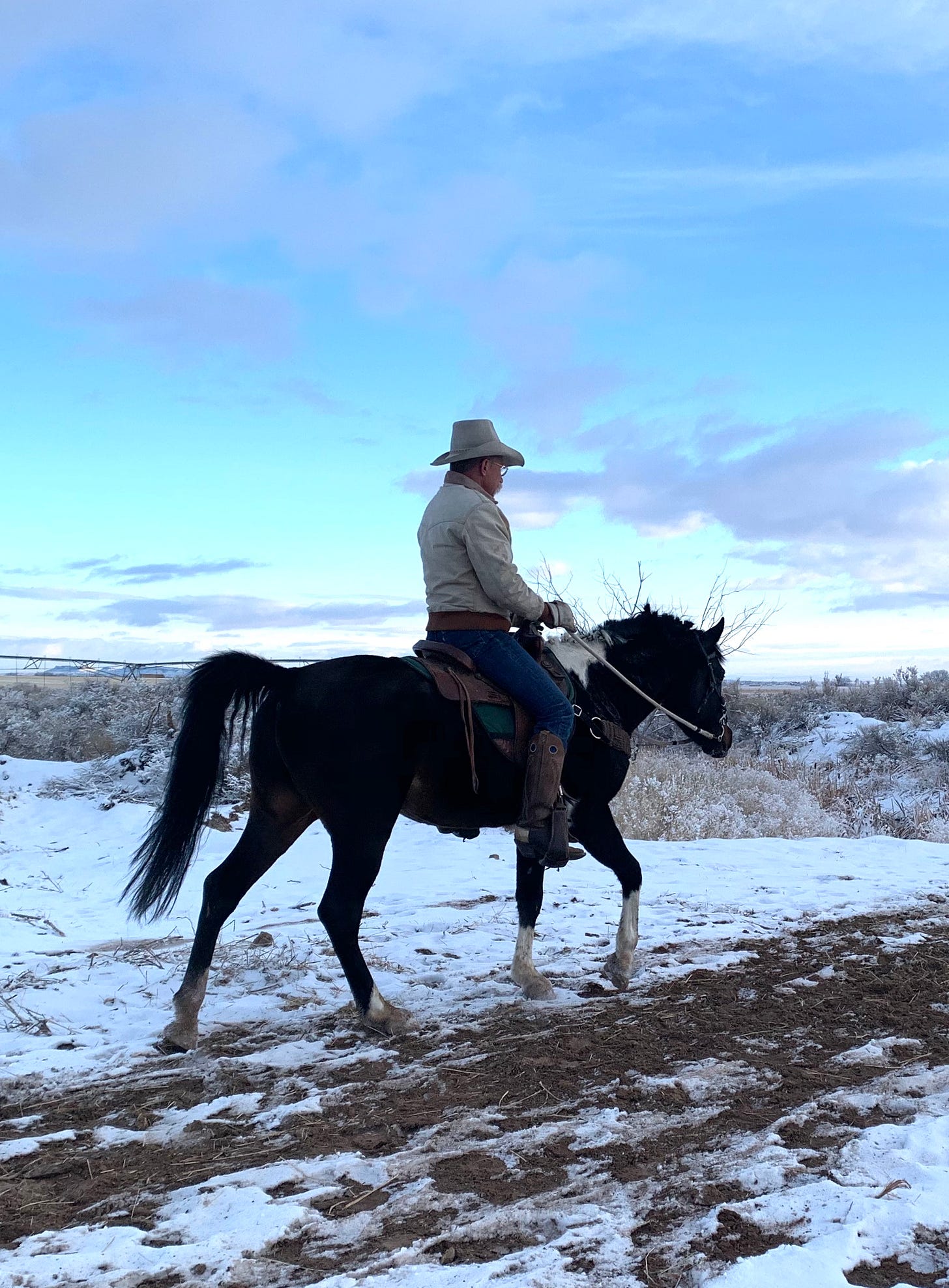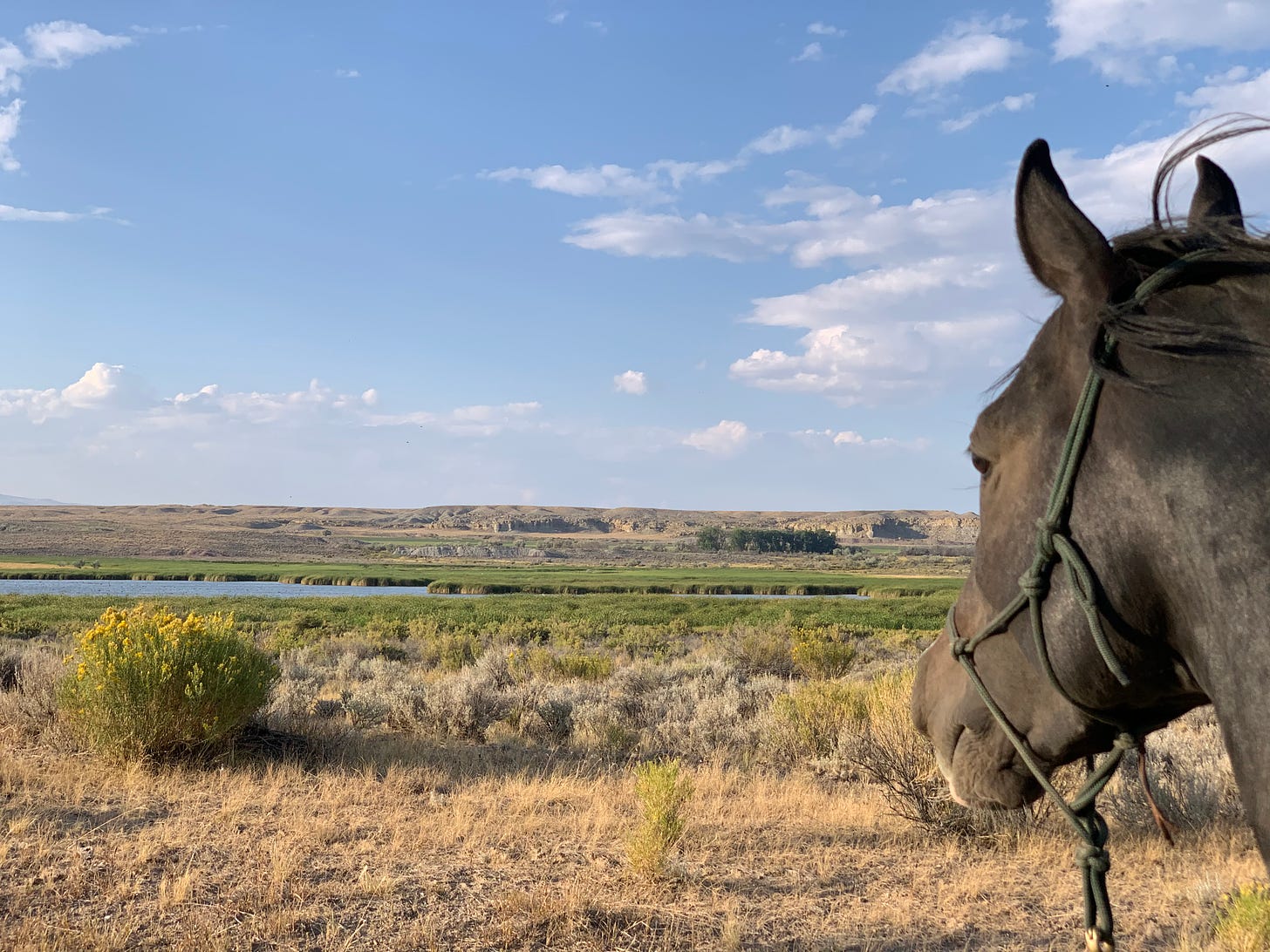Have you ever closely observed a horse's head while it's walking? When you do, what you'll notice are two distinct patterns, either an upward head bob or a downward head bob.
When the head bobs down at the walk, it’s an indication that not only are they relaxed emotionally and mentally, but they are also physically comfortable, moving without pain or restriction.
When the head bobs upward, it can be a sign of emotional, mental, and/or physical distress.
This is true with a lope (canter) as well, but if you’re not used to looking for the direction of your horses head by bob, start with the walk.
Like many indicators with horses, the head bob can be subtle or obvious, depending on the level of relaxation or distress.
If you are paying close attention to your horse’s state of mind, the head bob can be the first indication that something is amiss. If you miss an upward head bob, it’s likely your horse will become ever more distressed and display their discomfiture in more overt and possibly dangerous ways.
One example of this is tack fit. If a horse shows an upward head bob that isn’t tied to some worry about the environment or difficulty with a particular task, there is a good chance it’s related to the tack being used, like the fit of a bridle, bit, or saddle. If that annoyance rises to the level of pain, you may be headed for a bigger sign the horse is troubled like head-tossing, jigging, rearing, or bucking.
Once you’re used to looking for your horse’s head bobbing direction, you can use your “soft eye” to see this even while you may be focusing on something else. A soft eye and looking for the direction of a horse’s head bob are skills horsemen use to keep a finger on the pulse of their horse’s ubeity.
For more information about the amazing horses that have been and are being bred on the HAAP Farm, click here: HAAP farm web page.
If you have questions for me about any of my posts, please feel free to contact me at isabellefarmer@gmail.com or click here: HAAP Farm Facebook page.




